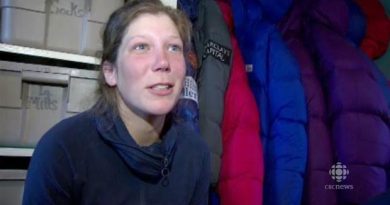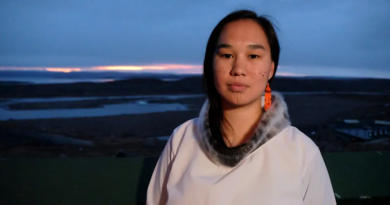Beluga whales could carry a molecule preventing mercury poisoning
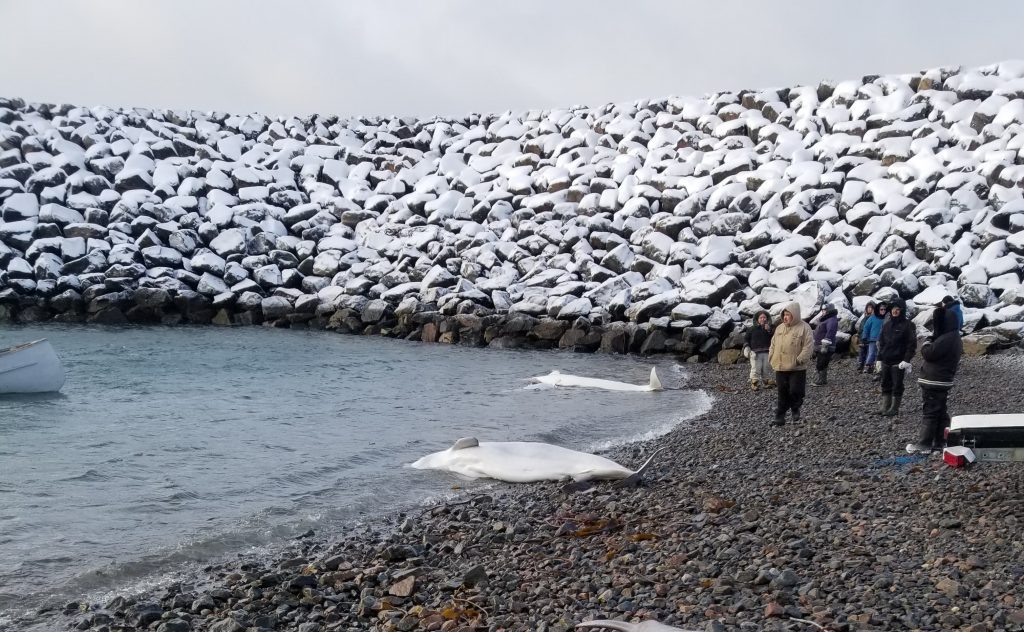
Could the belugas of Northern Quebec hold the key to preventing mercury intoxication in local Inuit communities? This is what a team of Canadian researchers is trying to find out by going to Quaqtaq, an Inuit community in Nunavik, northern Quebec.
Located on the shores of Hudson Strait, the village is known for its high population of beluga whales compared to communities living in Ungava Bay, where belugas are considered at risk.
“Hudson straight is strategically positioned because this is the migration routes that the belugas take when they go in and out of Hudson Bay every year,” says Jean-Éric Tremblay, Professor in the Department of Biology at the Université Laval, Quebec City. “So the two stocks that live in Hudson Bay will pass in front of Quaqtaq twice a year.”
With Professor Mélanie Lemire, from the Department of Social and Preventive Medicine, Jean-Éric Tremblay is co-leading an interdisciplinary research project coordinated by Sentinel North and the Institut Nordique du Québec (INQ).
Two researchers part of the team went to Quaqtaq during the beluga whaling season, from November 1 to 14, to collect different types of samples, including fat, skin, blood and organs.
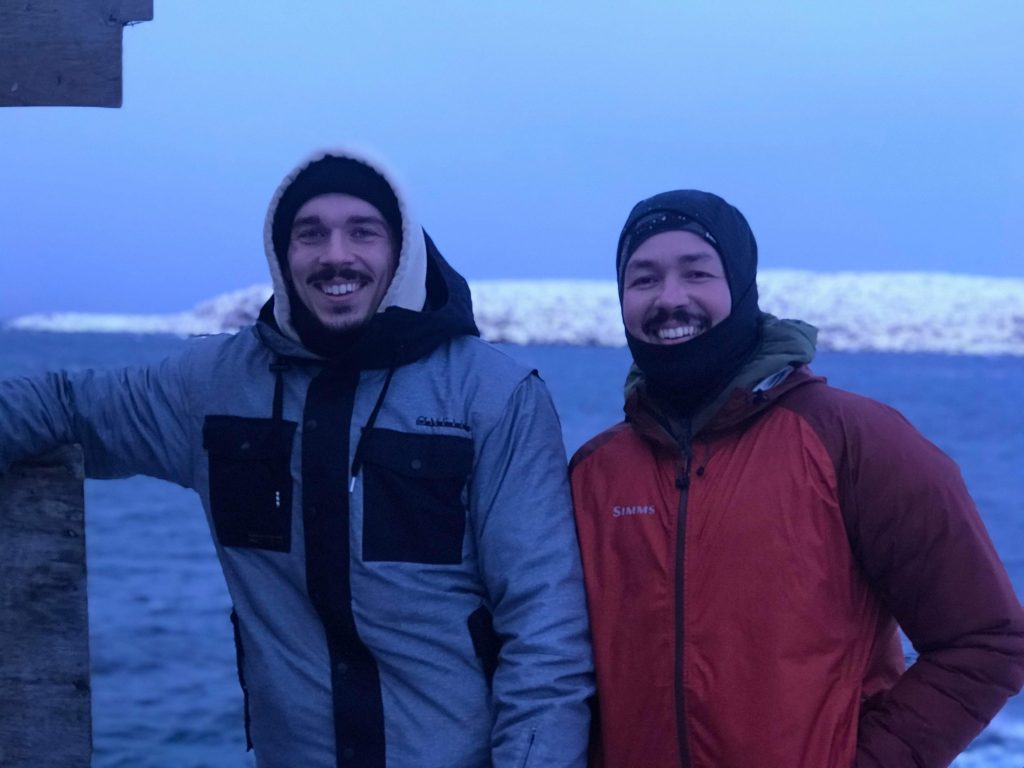
“The team accompanies the hunters that go out to harvest beluga for the village. Whether it goes well or not depends on whether the belugas are around and if the weather conditions are good and so on. So this year everything converged and they were successful in collecting several samples,” explains Tremblay.
But why are researchers interested in belugas?
Carriers of a potential antidote to mercury toxicity
This three-year project is based on a study by Mélanie Lemire and Pierre Ayotte, in collaboration with the Northern Contaminant Program.
They found that Quaqtaq’s Inuit eat a dish made from beluga skin and fat, which is exceptionally rich in selenonein, a potential antidote to mercury toxicity.
“Selenonein is a special molecule that is essentially composed of selenium, which is a metal,” explains Tremblay. “It actually plays a role in humans and animals in the way that it detoxifies mercury. It has a way of complexing with mercury and producing crystals that are no longer toxic and those can then be eliminated by the liver.”
The developing fetus and children of women who have consumed large amounts of fish and marine mammals during pregnancy are the most susceptible to health problems.
In regions such as the Arctic, the traditional diet may include large quantities of fish and/or marine mammals but it also has many nutritional and socio-cultural benefits, which must be weighed against the potential risks.
Source: Health Canada
In 2004, the Nunavik Inuit Health Survey, conducted by Quebec’s Public health expertise and reference centre, found that blood samples taken from Inuit women contained higher concentrations of this molecule than those collected from men.
A first hypothesis came from the Inuit themselves said Jean-Éric Tremblay. Traditionally, Inuit women are fond of the beluga whale’s tail while men consume other parts of the animal. This part of the beluga could therefore be richer in selenonein.
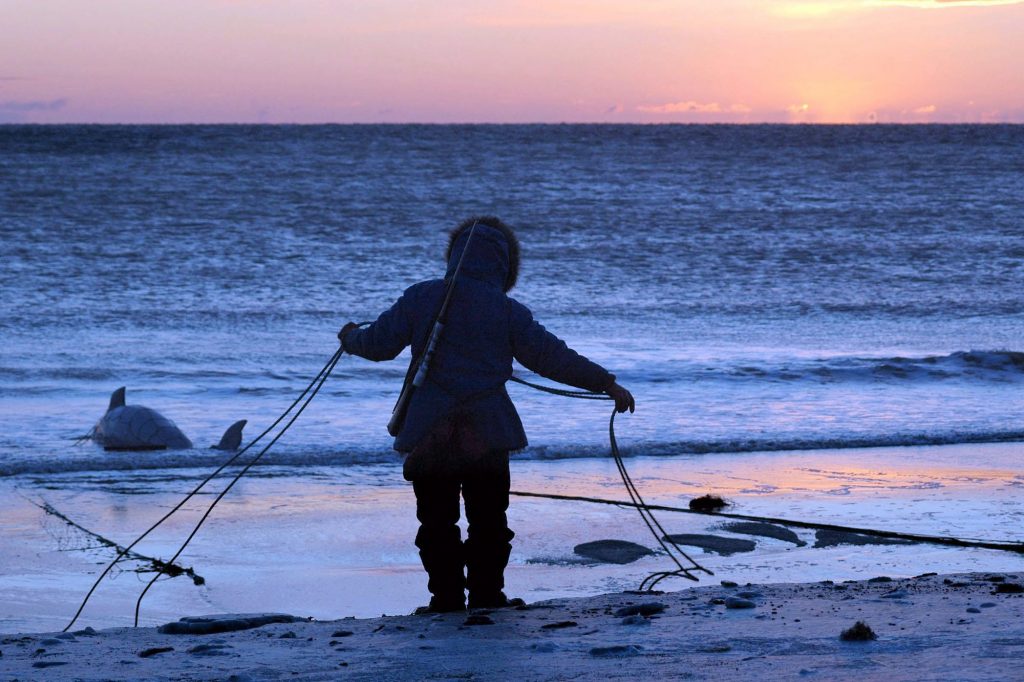
Understand where selenoneine comes from
The team will now study the beluga samples and try to understand why the whales have such high levels of selenoneine. At this time, they have two hypotheses.
“One is that they are maybe not feeding as much on fish as we previously thought”, says Tremblay. “There have been some results elsewhere in the Arctic that showed that beluga can feed substantially on the seafloor where they consume what we call bivalves, that includes mussels, scallops and so on.”
In previous studies, scientists found evidence that these animals living on the seafloor, bivalves, have higher levels of selenoneine than fish.
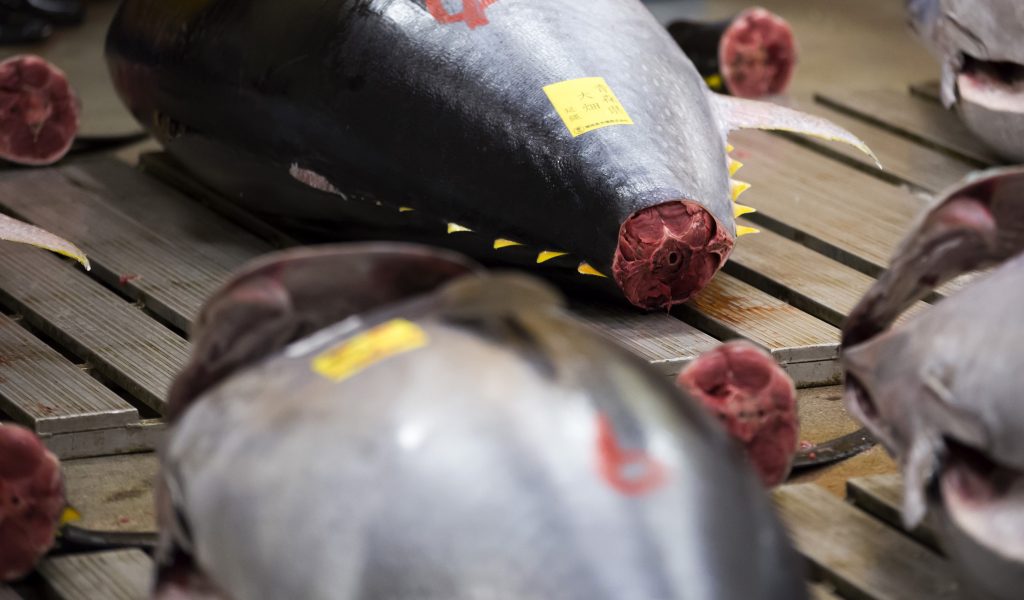
The second hypothesis is also related to seafloor.
Since the molecule is mainly found on the belugas’ skin, researchers believe that whales acquire it by rubbing against the seabed.
Previous studies showed that some bacteria and fungi, known to produce selenoneine, are often found on the seabed.
Over the next three years, the team plans to go to river estuaries in the region to collect seafloor samples in order to validate or not this hypothesis.
Better inform Inuit about their diet
The purpose of the project is dual, says Tremblay.
Once the study completed, he hopes to provide information to the local Inuit about the quality of the food they consume.
“It’s really essential that they be well informed of the benefits or detriments that eating food from the sea can entail,” says the researcher. “And, of course, we’re also concerned that the quality of the seafood could be changing with the effects of climate change.”
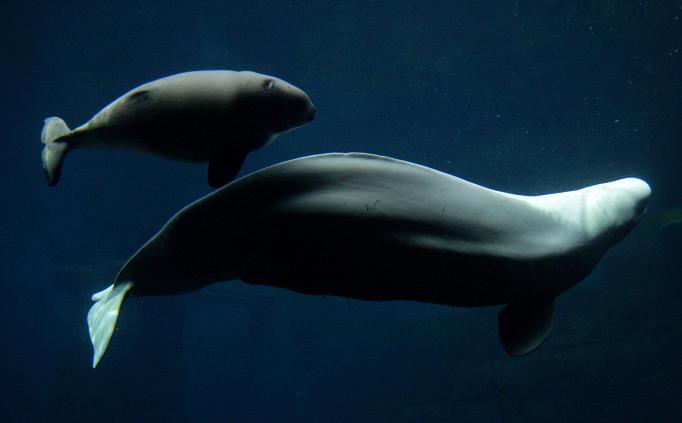
The team could also provide advice on the type of animals to select for hunting. They would choose them on the basis of their selenoneine levels.
“We’re also asking the questions: Does the selenoneine content change with the sex of the animal? Does it change with the age of the animal or the size of the animal?”
When asked if the selenoneine molecule could be synthesized in the future to help prevent mercury poisoning, Professor Tremblay replied that it wouldn’t be the best option.
“More and more, we’re realizing that often the benefit of eating something comes from eating the whole food, meaning that synthesizing one molecule and taking it doesn’t necessarily lead to the same positive effect that eating the food as a whole.”
But the researcher is more concerned about the whales’ health in the face of climate change.
With the ice reducing, for example, killer whales are returning to the North and this could affect belugas.
“There’s been evidence that the beluga has some predator avoidance behaviour with respect to the killer whales and that can lead to a stressful situation for them.”
Related stories from around the North:
Canada: Inuit association gets $900,000 to monitor marine protected area in Arctic Canada, Eye on the Arctic
Finland: Endangered Finnish seal population slowly recovering, Yle News
Greenland: Arctic sea ice loss linked to spread of deadly virus in marine mammals, Eye on the Arctic
Iceland: Icelandic whale sanctuary can’t offer safe haven to beluga freed from harness, Radio Canada International
Norway: Lower Barents Sea cod and haddock quotas, scientists advise, The Independent Barents Observer
Russia: Polar bears greatly exposed to toxic chemicals in eastern Barents Sea, The Independent Barents Observer
Sweden: Poachers suspected behind dwindling wolf numbers in Sweden, Radio Sweden
United States: Scientists warn of Arctic microbial threats induced by climate change, Radio Canada Internationa


